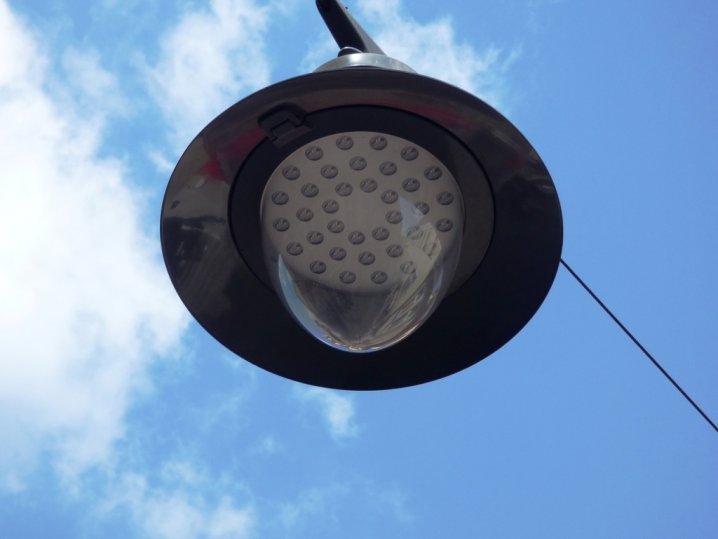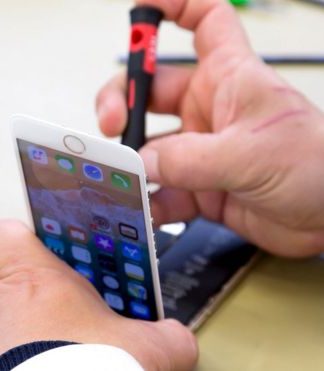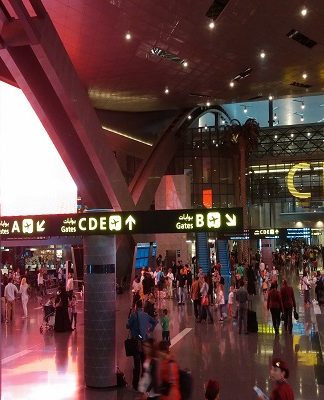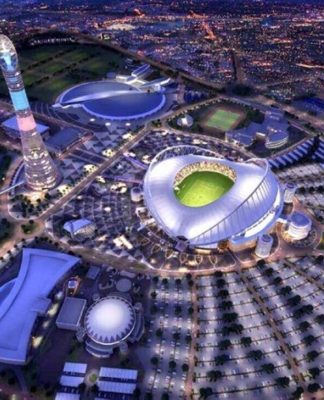-
28 Apr 2018 – 11:49
 Image of a LED street light used for representation purposes only.
Image of a LED street light used for representation purposes only.IANS
London, Reigniting the debate over exposure to the “blue light” emitted by outdoor LED screens and heightened risk of cancer, an international team of researchers have concluded that there is a “strong link” between the two.
To reach this conclusion, the researchers from University of Exeter in Britain and the Barcelona Institute for Global Health (ISGlobal) determined indoor exposure to artificial light through personal questionnaires.
The outdoor levels of artificial light, such as emitted by street lights, were evaluated for Madrid and Barcelona, based on nocturnal images taken by astronauts aboard the International Space Station (ISS).
The study included medical and epidemiological data of more than 4,000 people between 20 and 85 years of age in 11 Spanish regions.
Results obtained for both cities show that participants exposed to higher levels of blue light had a 1.5 and two-fold higher risk of developing breast and prostate cancer, respectively, as compared to the less-exposed population.
The findings, published in the journal Environmental Health Perspectives, found that the “blue light” emitted by LED lights seems to affect circadian rhythms and sleeping patterns, which then impacts hormone levels.
Both breast and prostate cancers are hormone-related.
The World Health Organisation’s International Agency for Research on Cancer (IARC) has classified night shift work as probably carcinogenic to humans.
There is evidence pointing to an association between exposure to artificial light at night, disruption of the circadian rhythm, and breast and prostate cancers.
“With this study, we sought to determine whether night exposure to light in cities can affect the development of these two types of cancer,” explained Manolis Kogevinas, ISGlobal researcher and coordinator of the study.
According to Alejandro SAinchez de Miguel from University of Exeter and a lead author on the study, blue light is also produced by smartphones and tablets but the current study looked only at blue light from outdoor LEDs.
“That is a confusion for many journalists; we have not done anything in phones. But the same mechanism may be affecting the phones or the bulbs at home, because the physiology is the same,” CNN quoted SAinchez de Miguel as saying.
Given the ubiquity of artificial light at night, determining whether it increases or not the risk of cancer is a public health issue.
“At this point, further studies should include more individual data using for instance light sensors that allow measuring indoor light levels. It would also be important to do this kind of research in young people that extensively use blue light emitting screens,” suggested Ariadna GarcAa, ISGlobal researcher and first author of the study.
“We know that depending on its intensity and wave length, artificial light, particularly in the blue spectrum, can decrease melatonin production and secretion,” added Martin Aub, Physics Professor at CEGEP in Sherbrooke, Canada and study co-author.
‘Blue light’ from LEDs may trigger breast, prostate cancer: Researchers


























